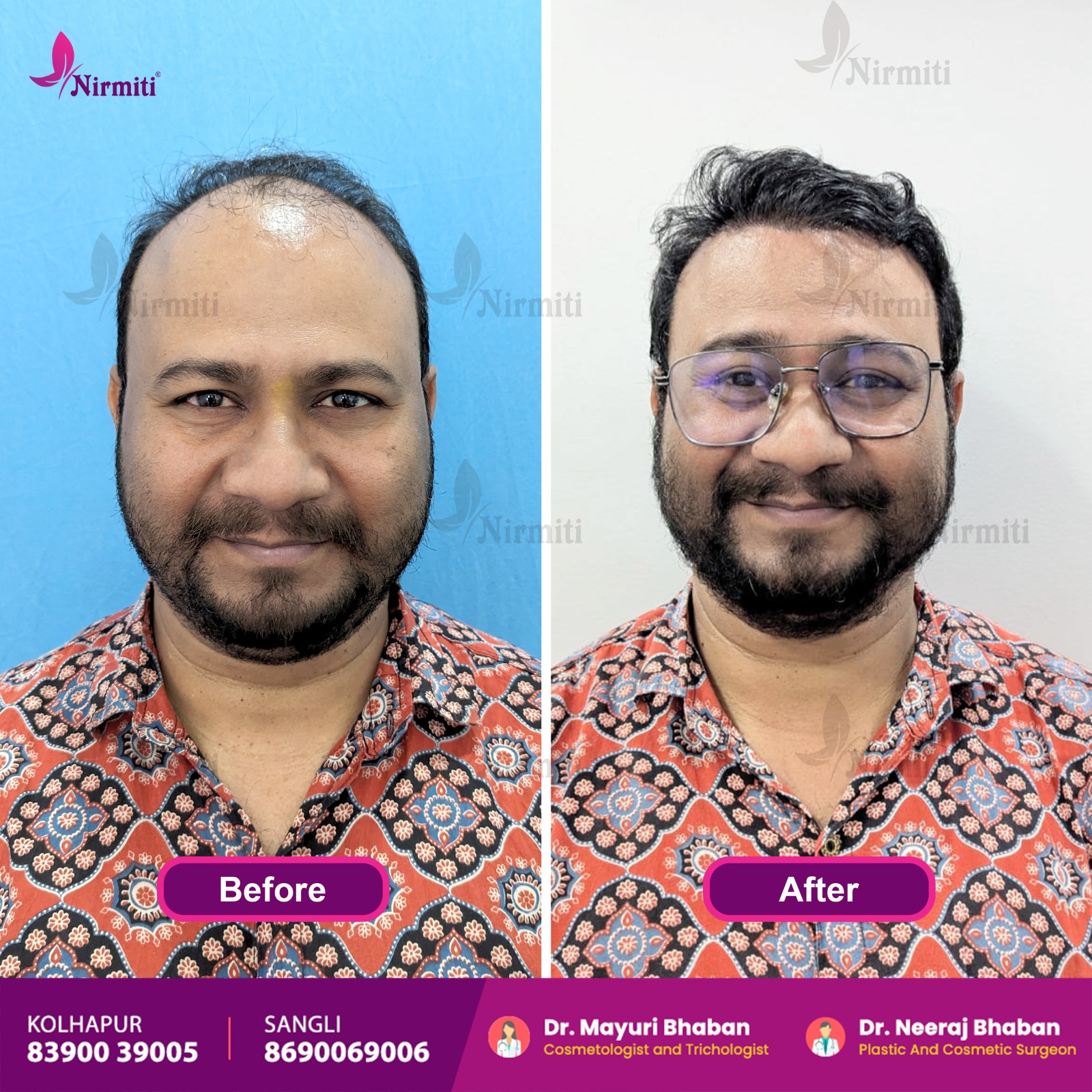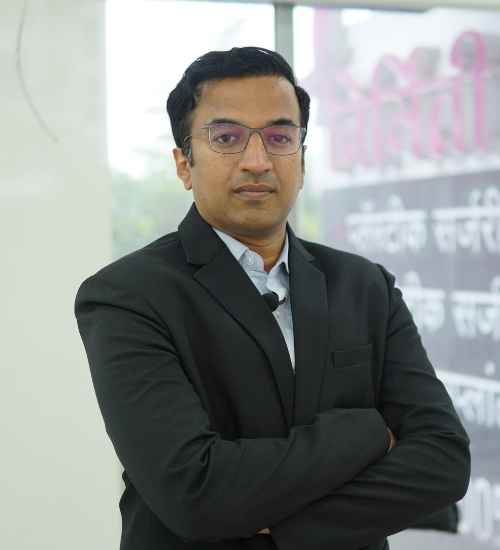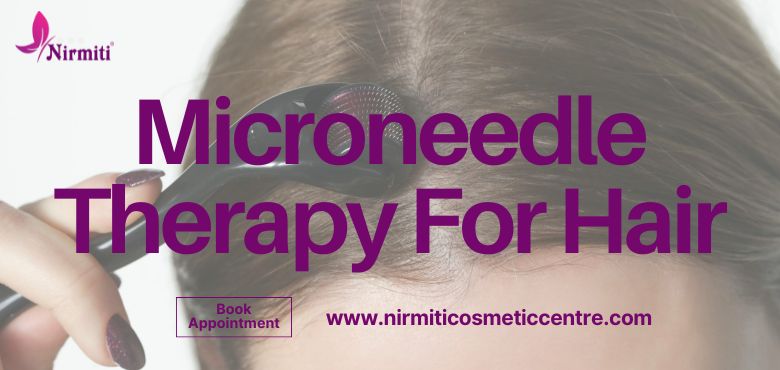Transform Your Look with a Hair Transplant: What to Expect Before, During, and After
Hair loss is a common concern for many people, whether it’s due to aging, genetics, or other factors. As a result, the demand for hair transplant procedures has surged in recent years. Hair restoration surgeries, particularly those performed by experienced professionals, can help individuals regain not just their hair but also their confidence.
If you’ve been considering a hair transplant but aren’t sure about the process, this blog post will guide you through what to expect before, during, and after the procedure. We’ll also dive into factors like choosing the best hair transplant clinic and understanding hair transplant cost—key details that can affect your decision.
In This Article:
Hair Transplant
A hair transplant is a surgical procedure that involves relocating hair follicles from a part of the scalp where hair is still growing (usually the back or sides of the head) to areas where hair thinning or balding has occurred. The procedure can effectively restore hair to receding hairlines, bald spots, and thinning areas, providing a fuller, more natural-looking hairline.
At Nirmiti Cosmetic Centre, led by the highly skilled Dr. Neeraj Bhaban, the focus is on delivering the best results using advanced techniques such as FUE (Follicular Unit Extraction) and FUT (Follicular Unit Transplantation). Both techniques offer distinct benefits depending on the individual’s needs, but the goal remains the same: a natural and long-lasting hair restoration.
What to Expect Before Your Hair Transplant
Consultation and Assessment
The first step in the hair transplant process is scheduling a consultation with a skilled hair transplant surgeon. At Nirmiti Cosmetic Centre, Dr. Bhaban will thoroughly assess your hair loss, discuss your aesthetic goals, and determine whether you’re a good candidate for the procedure. This is a crucial step, as not everyone is suited for a hair transplant.
During the consultation, Dr. Bhaban will evaluate:
- Your scalp’s condition (e.g., donor hair quality, hair density, etc.)
- The extent of hair loss (receding hairline, bald patches, etc.)
- Your overall health and any conditions that could impact recovery.
- Your hair type and expectations.
Dr. Bhaban’s goal is to ensure you fully understand the procedure and have realistic expectations about the outcome. He will also discuss potential risks, recovery times, and the number of grafts needed to achieve your desired result.
Planning Your Procedure
Once you decide to move forward with the procedure, you’ll work closely with Dr. Bhaban to plan the specifics. This includes choosing the best hair transplant technique for your needs (FUE or FUT), determining the number of grafts, and scheduling the surgery.
You’ll also be advised on pre-surgery instructions, which may include:
- Avoiding alcohol or smoking for a few days before the surgery.
- Stopping the use of certain medications (e.g., blood thinners).
- Preparing your scalp (washing, avoiding hair products, etc.).
It’s essential to follow these instructions for the best possible outcome.
What to Expect During the Hair Transplant Procedure
The hair transplant procedure itself typically takes between 4-8 hours, depending on the number of grafts being transplanted and the method being used. Here’s a breakdown of what happens during the procedure:
- Anesthesia
A local anesthetic will be applied to the scalp to numb the areas where the hair follicles will be removed and transplanted. You will be awake during the procedure, but you won’t feel any pain or discomfort. Some patients may feel mild pressure during the process, but it’s generally well-tolerated.
- Harvesting Hair Follicles
In FUE, individual hair follicles are extracted from the donor area (typically the back of the head) using a tiny punch tool. Each follicle is carefully removed and preserved for transplantation. This method leaves minimal scarring, and the recovery time is usually faster.
In FUT, a strip of scalp is removed from the donor area, and individual hair follicles are dissected and prepared for transplantation. This technique leaves a linear scar, but it can be more suitable for individuals needing a larger number of grafts.
- Transplanting Hair Follicles
Once the follicles are harvested, Dr. Bhaban will create small incisions in the recipient area (bald or thinning spots) and carefully place each follicle. This step is done with precision to ensure a natural-looking result, taking into account the angle and direction of natural hair growth.
The number of grafts needed depends on the extent of your hair loss. Typically, anywhere from 2,000 to 4,000 grafts can be transplanted in a single session, although this can vary based on the individual’s needs.
- Completion and Post-Op Care
Once the procedure is complete, the transplanted area will be bandaged, and you’ll be given instructions on how to care for your scalp. Dr. Bhaban will provide post-op instructions, which may include how to wash your scalp gently, avoid physical activity, and prevent infection.
What to Expect After Your Hair Transplant
- Recovery and Healing
After the procedure, it’s common to experience some swelling, redness, and discomfort around the transplant site, which should subside within a few days. The donor area may also have small scabs, but these will fall off within a week or two.
Most patients can return to normal activities within 7-10 days, though strenuous activities should be avoided for at least 2-3 weeks. Dr. Bhaban will schedule follow-up appointments to monitor your healing progress and ensure that the transplanted hair follicles are settling properly.
- Initial Hair Shedding
One of the key phases after a hair transplant is “shedding.” Around 2-3 weeks after the procedure, many patients notice that the newly transplanted hairs may fall out. This is completely normal and part of the natural hair growth cycle. Don’t be alarmed—this will make room for new, stronger hair growth.
- Final Results and Growth
It can take several months for the transplanted hair to start growing in, and it may take up to a year to see the full results of the procedure. During this period, your new hair will gradually thicken and blend with the natural hair surrounding it. Most patients experience significant improvement in hair density and hairline appearance after 9-12 months.
Factors Affecting Hair Transplant Cost
The cost of hair transplant surgery can vary depending on several factors, including the method used (FUE vs. FUT), the number of grafts required, and the clinic you choose. At Nirmiti Cosmetic Centre, we offer personalized consultations to determine the best plan for your specific needs and budget.
It’s essential to choose a reputable clinic like Nirmiti Cosmetic Centre for your procedure, led by Dr. Neeraj Bhaban, to ensure high-quality results. While cost is an important factor, the success of your hair transplant is also influenced by the experience and skill of your surgeon.
Regain Your Confidence with a Hair Transplant
A hair transplant can be a transformative procedure, helping you regain not just a fuller head of hair but also your confidence and self-esteem. By understanding what to expect before, during, and after the surgery, you’ll be well-prepared to make informed decisions about your hair restoration journey.
At Nirmiti Cosmetic Centre, Dr. Neeraj Bhaban provides cutting-edge hair transplant treatments, personalized care, and expert insights into the procedure. Whether you’re considering FUE or FUT, Dr. Bhaban and his team will ensure the best possible outcome for your unique needs.
If you’re ready to take the next step toward a more confident you, schedule a consultation today to discuss the best hair transplant options and get a clear understanding of hair transplant cost. Your new look could be just a few months away!







